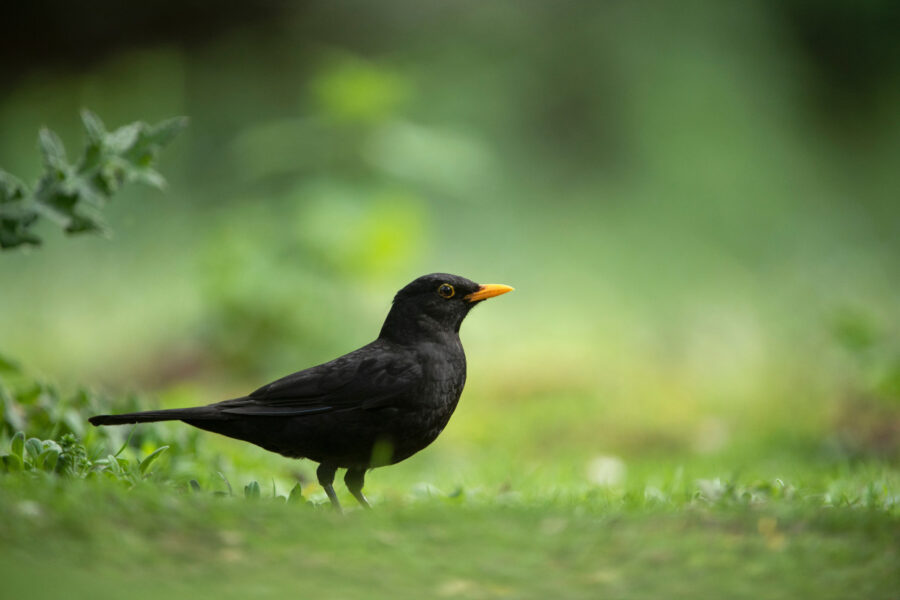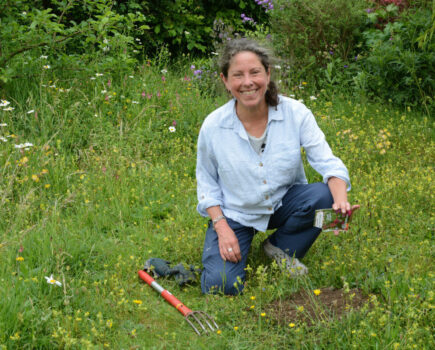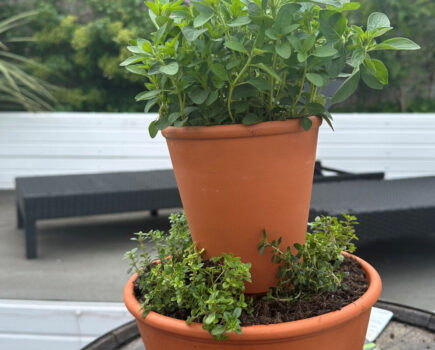This regular garden visitor may come from Scandinavia
When it comes to spotting and being able to identify birds in your garden, the blackbird is one that most people would confidently recognise – but did you know your visiting blackbirds this winter might just be Swedish?
Blackbirds are one of our most common garden birds and a UK favourite. Although some are partial migrants, moving short distances around the UK, in the main our UK birds stay quite close to home. They are territorial and when they find a spot that suits them, they tend to stay.
But blackbirds in mainland Europe are migratory and later in the year, our resident bird numbers are boosted by an influx from Scandinavia and Finland. As temperatures fall in these more northerly countries, the blackbirds move south, looking for more dependable food sources and warmer weather.
Feeding habits
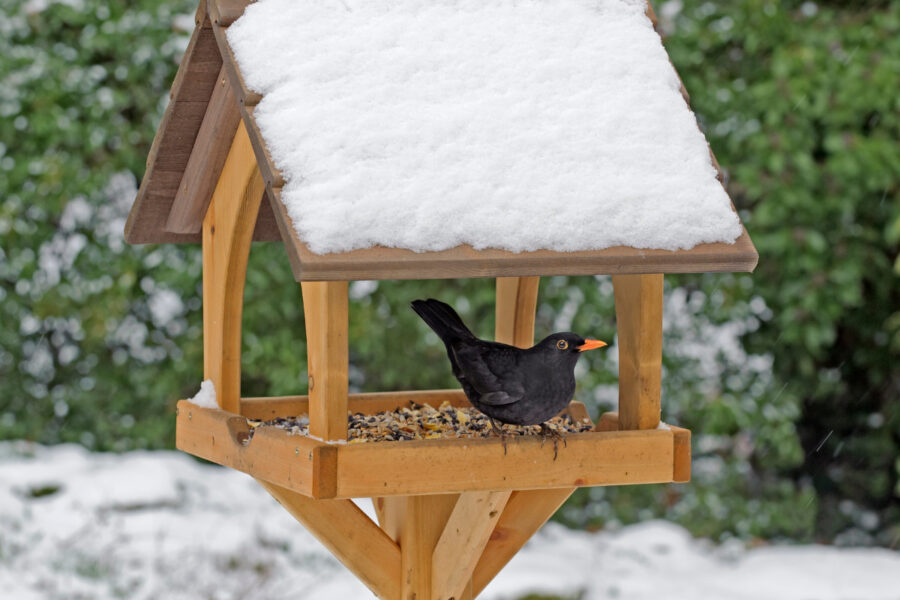
Right now blackbirds, like lots of garden birds, are making the most of hedgerow berries and other fruit so gardens are quieter. Once this starts to dwindle, gardens become more attractive once again – especially those with fruit trees, providing some autumn windfalls of apples, which blackbirds are keen to make the most of. They’re also partial to cherries, and being omnivores, they have a very varied diet, from worms and insects to fruit and seeds in winter when there’s little else around.
Watch a blackbird on your lawn and you may see it stop and put its head on one side – it’s listening for earthworms and is very adept at catching them! In the autumn, they will peck about the leaf litter, taking any spiders and insects they find sheltering there.
Identifying blackbirds
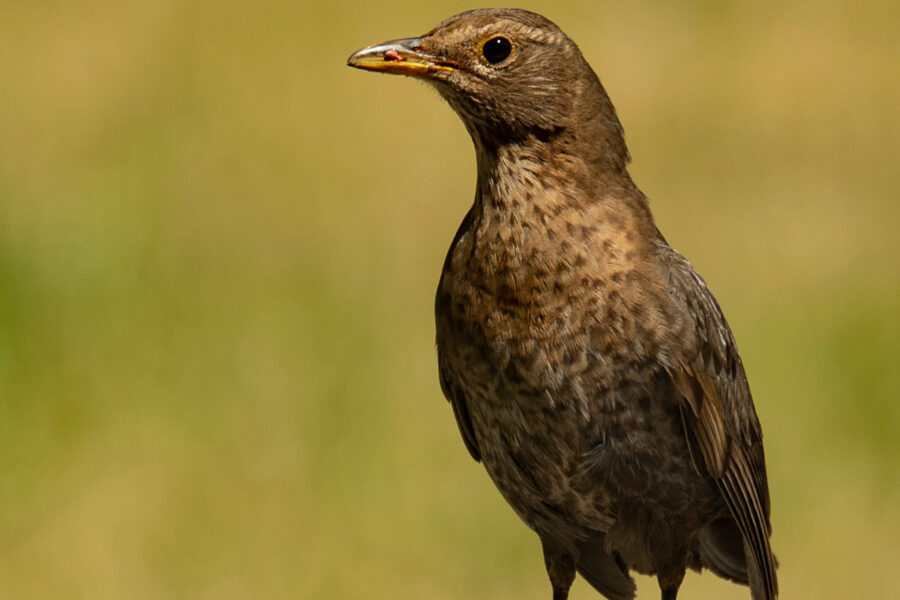
They’re a very distinctive bird, with their black plumage, bright beaks and yellow eye-ring. Or rather, the males are. Female blackbirds are a little more discreet, and less aptly-named, being brown birds, often with spots and streaks on their breasts and a brown beak. Blackbirds are thrushes, and females can sometimes be confused with song thrushes – but the latter has a more creamy coloured chest with obvious spots and is a little smaller, with paler legs.
Blackbirds are also prolific singers, having a beautiful melodic song which is one of the earliest to be heard in the year. They start to sing around February, and are early nesters, often fitting in two if not three broods over the season.
Like many garden birds, their natural home is in mature woodland but they adapted to gardens as land use changed, and the mixture of trees, shrubs and lawns suits their needs well. Unlike most thrushes, they will use feeders, especially in the depths of winter when choice is very limited, preferring a bird table or ground feeder.
For more information about looking after blackbirds in your garden, visit rspb.org.uk

Recent declines in southern England
Although amongst our most common garden birds, recent declines in numbers seen in gardens in London has prompted the British Trust for Ornithology (BTO) to launch the Blackbirds in Gardens project.
The project is asking for people with access to a garden to keep an eye on their blackbirds, to help researchers better understand a range of things, such as how birds use different gardens.
To find out more, visit bto.org/our-science/projects/blackbirds-gardens/taking-part
…………
FAQ
Q. Do I see the same pair of blackbirds in my garden all year round?
A. Quite possibly, as blackbirds pair for life and when they find a territory that suits them, they tend to stay there. Though of course you will see others visiting for food and at later in the year, possibly some migratory blackbirds too.
Q. Are blackbirds aggressive to each other?
A. Yes, they can be. You may well have seen a bird chasing away another in your garden. They are quite intolerant of others, especially during breeding season but even at this time of year, they are protecting their territory and food sources.
Find more tips, advice and articles like this at the Amateur Gardening website. Subscribe to Amateur Gardening magazine now

